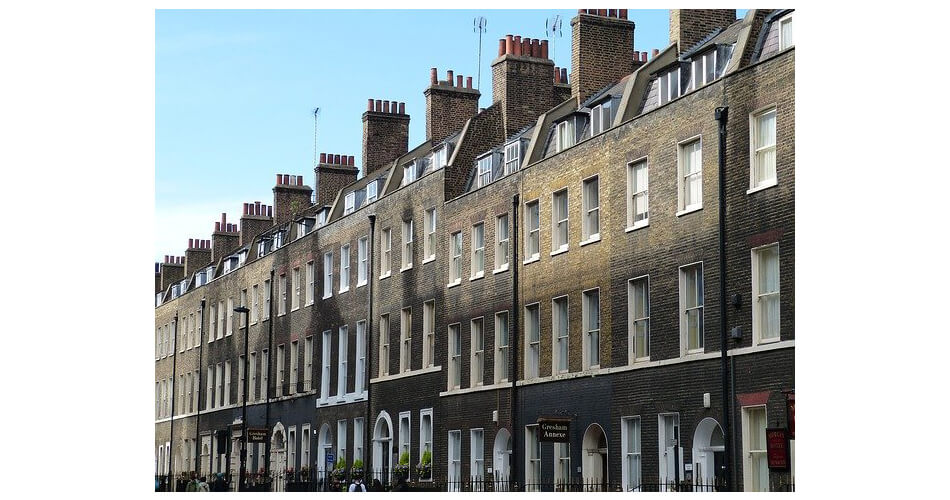Airspace Development – the storey so far
In August last year, the Government introduced amendments to Part 20 of Schedule 2 of the General Permitted Development Order, to introduce new classes of permitted development.

This enabled a number of buildings in different uses to potentially benefit from extending upwards to create new housing without having to go through the traditional route of obtaining planning permission. Buildings that qualify for this include purpose built blocks of flats, buildings in commercial use and existing houses (both attached and detached for all uses).
Overall, the new Regulations were welcomed by both developers and homeowners as they allowed them to maximise the value of their property and cut through some of the red tape, reduce costs and time periods associated with obtaining planning permission. However, restrictions and conditions, which need to be met, are still in place including the requirement to ensure that all new dwellings receive adequate levels of daylight and that the additional storey will not have any detrimental impact on the amenity of neighbouring buildings. The Government has also introduced a requirement for a fire safety report to accompany applications for existing buildings of 18m or more in height and has announced that all dwellings created via prior approval will have to meet minimum space standards from April this year.
How have Local Authorities reacted to this new legislation?
Given the relative infancy of the legislation, it is difficult to judge. However, from personal experience, I think it very much depends on the local planning authority, and indeed the planning officer allocated to the case, and their interpretation of the legislation. I have found that the majority of planning officers take a relatively positive view and, where it is demonstrated that all criteria has been met, grant prior approval with minimal fuss. There have been some instances where further discussion has been needed to resolve certain issues but I feel this is more down to the legislation being new rather than any more cynical reasons. When I have encountered issues, they have tended to be resolved fairly quickly. In saying that, I am aware of some examples where Councils have refused applications as they don’t feel the buildings qualify for Permitted Development, or don’t feel that daylight/sunlight impacts have been assessed robustly enough. This shows the importance of fully understanding the requirements of the legislation when deciding whether to apply or not. Design is a key consideration. Whilst the legislation establishes that the principle of additional storeys to qualifying buildings is acceptable, design remains a subjective topic and local authorities can use this to resist a scheme.
One thing to be aware of, especially in the case of adding storeys to residential dwellings, is that this could be generate a lot of objections from members of the public. Local authorities have the ability to issue Article 4 Directions or indeed designating areas as Conservation Areas, in a bid to remove these new Permitted Development rights. However, this is a lengthy process and can take time to come into force. Overall, I think these changes are encouraging and will certainly help to achieve the Government’s ambition of boosting housing supply. The conditions that have been added indicate that the Government want to ensure that new dwellings created via Permitted Development achieve a good standard of living for future occupiers which is welcomed I have already seen a good general uptake of prior approval applications both from private home owners and developers seeking to benefit from the changes and I expect this to continue throughout the year. I would encourage all those thinking of applying, or indeed wondering if they can benefit, to get in touch.
